Chemical Metering Pumps
Chemical metering pumps are positive displacement pumps that dose liquids for various applications such as wastewater treatment, chemical processing, and manufacturing. Diaphragm chemical metering pumps use a flexible, reciprocating diaphragm to dose liquids. These pumps are less likely to leak duri .....Read More
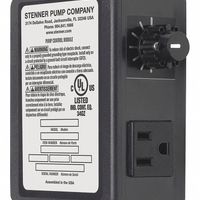
Controls for Chemical Metering Pumps
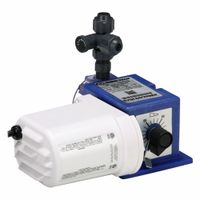
Diaphragm Chemical Metering Pumps
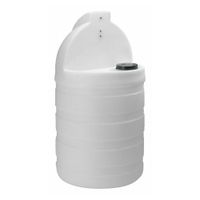
Feed Tanks for Chemical Metering Pumps
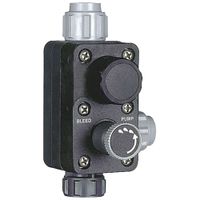
Fittings & Valves for Chemical Metering Pumps
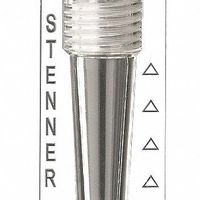
In-Line Mixers & Flow Indicators for Chemical Metering Pumps
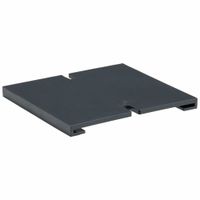
Mounting Bases for Chemical Metering Pumps
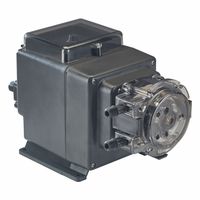
Peristaltic Chemical Metering Pumps
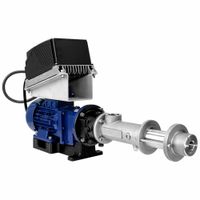
Progressive Cavity Chemical Metering Pumps
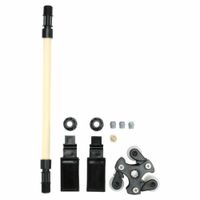
Repair Kits for Chemical Metering Pumps
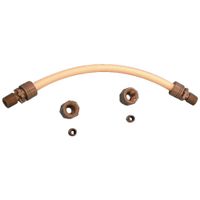
Tubing for Chemical Metering Pumps
Frequently Asked Questions
What is a chemical metering pump?
How does a diaphragm chemical metering pump work?
What are the advantages of using a diaphragm pump over a peristaltic pump?
How do peristaltic chemical metering pumps operate?
What applications are chemical metering pumps used for?
What is the difference between diaphragm and peristaltic pumps?
How do you maintain a chemical metering pump?
What are the common issues with chemical metering pumps?
How do progressive cavity chemical metering pumps function?
What is included in a chemical metering pump repair kit?